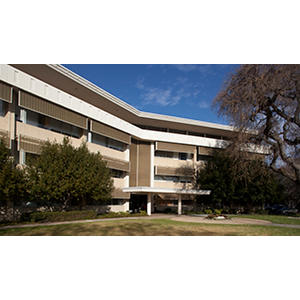
Ken Sutha, MD
Instructor
Pediatric Nephrology
Specialty Services – Welch Road
Pediatric Nephrology Clinic
770 Welch Road
Palo Alto, CA 94304
Phone:
(650) 721-5807
Fax:
(650) 736-1521
Locations

Pediatric Nephrology Clinic
770 Welch Road
Palo Alto, CA 94304
Phone : (650) 721-5807
Fax : (650) 736-1521
Conditions
Hypertension
Work and Education
Professional Education
Emory University Medical School, Atlanta, GA, 05/13/2013
Fellowship
Stanford University Pediatric Nephrology Fellowship, Stanford, CA, 06/30/2019
Internship
Seattle Childrens Hospital Pediatric Residency, Seattle, WA, 06/30/2016
Board Certifications
Pediatric Nephrology, American Board of Pediatrics, 2020
Pediatrics, American Board of Pediatrics, 2017
Languages
English
French
Connect with us:
Download our App: